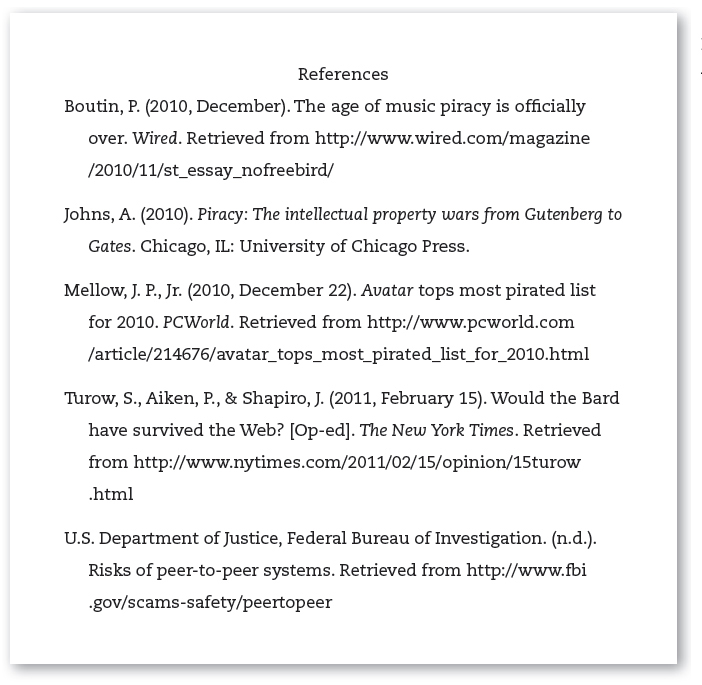Taking Accurate Notes
Taking Accurate Notes
Page 252
The noted historian Doris Kearns Goodwin was accused of using passages from three other books in her own work without proper attribution. After settling with the wronged authors and making corrections to her book, Goodwin explained that the misrepresentation had been the result of a crucial error she had made during the note-taking phase. “Though my footnotes repeatedly cited [another author’s] work, I failed to provide quotation marks for phrases that I had taken verbatim, having assumed that these phrases, drawn from my notes, were my words, not hers” (Goodwin, 2002, para. 3).
As this example shows, keeping track of all your outside material and its sources can be one of the most challenging aspects of conducting research. That’s why taking accurate notes is so critical. To stay organized, consider using note cards to keep track of references separately. Or place all your references into an electronic document, such as a word processing file or a note-taking application on your smart phone or computer. Regardless of the format you choose, your entry should contain the quote or material you want to use, along with pertinent information, such as author name, publication information (title, volume, publisher, location, date), and relevant page numbers from the source. In addition, each card or entry should note whether the material is copied verbatim (word for word) or paraphrased (put into your own words). When your research is complete (or nearly complete), you’ll be able to shuffle these individual cards or entries—without losing track of their sources—as you develop your speech. Two sample note cards are shown in Figure 11.3.

You’ll also need to keep a running bibliography—a list of resources you’ve consulted. There are various styles of organizing these resources (including styles dictated by the Modern Language Association, American Psychological Association, and so on), so make sure to ask your instructor what his or her preference is if you’re required to hand this document in. Regardless, all styles generally require you to list the following information:
- The complete name of each author, or origin of the source if no author is named (“National Science Foundation Web site,” or “New York Times editorial”)
- The title and subtitle of the source (article, book chapter, Web page) and of the larger work in which it appears (magazine, newspaper, journal, book, Web site)
- The publication date of the source; for Web sources, date of publication and date of access; for journals, volume and issue numbers
- For books, publisher and city of publication; for Web resources, the complete URL
- Page numbers for the material used and for the entire work being cited
We present an example of a running bibliography in APA style in Figure 11.4.
